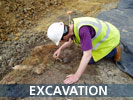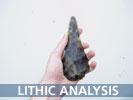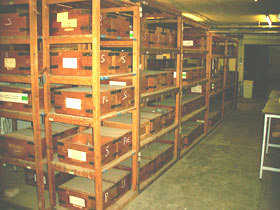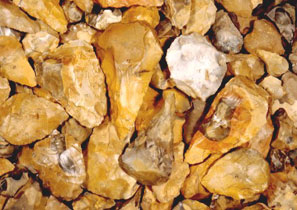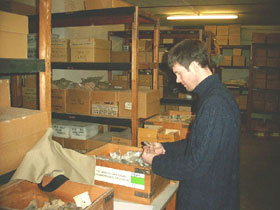|
Stopes Palaeolithic Project The Stopes project is based in the Department of Archaeology, at the University of Southampton, and funded by the Aggregates Levy through English Heritage, in partnership with the National Museums & Galleries of Wales. The project is focused on the study of a very substantial collection of Lower and Middle Palaeolithic artefacts made by Henry Stopes, a private collector, in the late 19th century. Most of the collection came from Pleistocene deposits exposed by quarrying in the Swanscombe area of Kent. This is both a key region for Palaeolithic archaeological evidence and one currently under severe development pressure. The Stopes collection is of remarkable size, occupying almost 200 crates, weighing several tons and filling a substantial basement room
It was acquired by the National Museum of Wales in 1912, and has remained in storage ever since. No one has yet succeeded in counting it, although it has been estimated to contain 50,000 to 70,000 artefacts. The collection is of particular significance because it is supported by a catalogue giving details of where each artefact was found
The main objectives of the Stopes
Palaeolithic Project are:
|
|
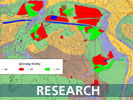 |
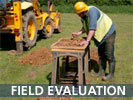 |
 |
 |
